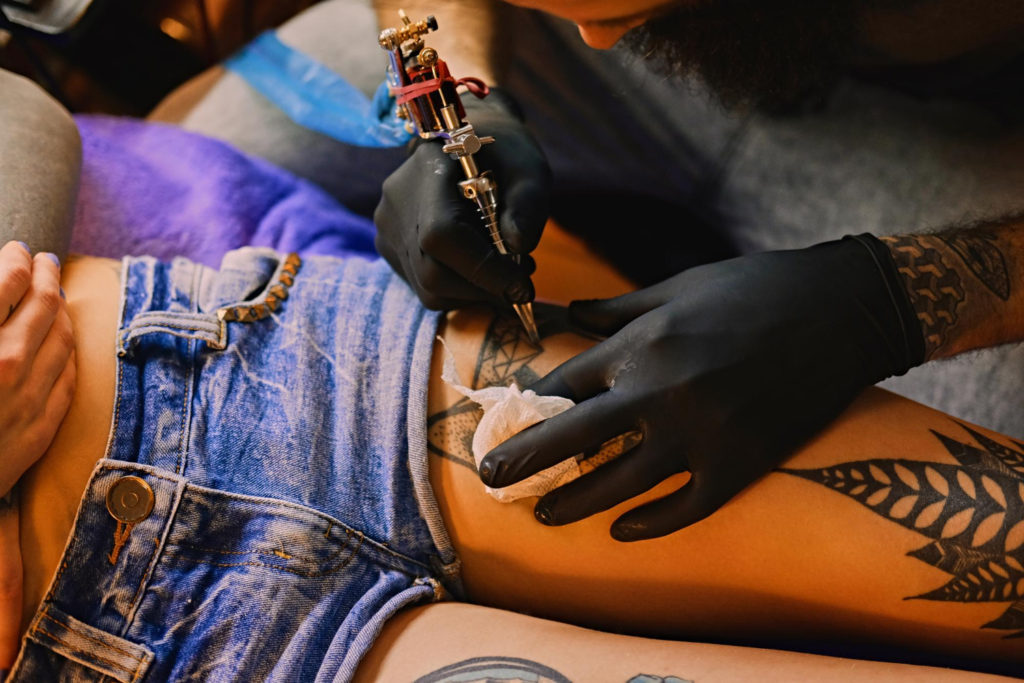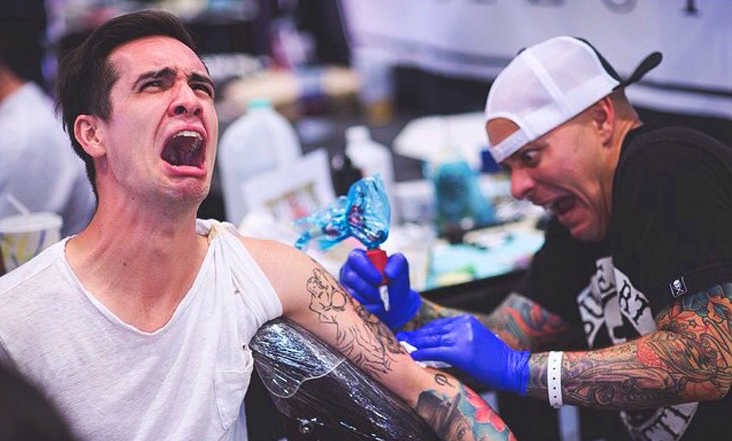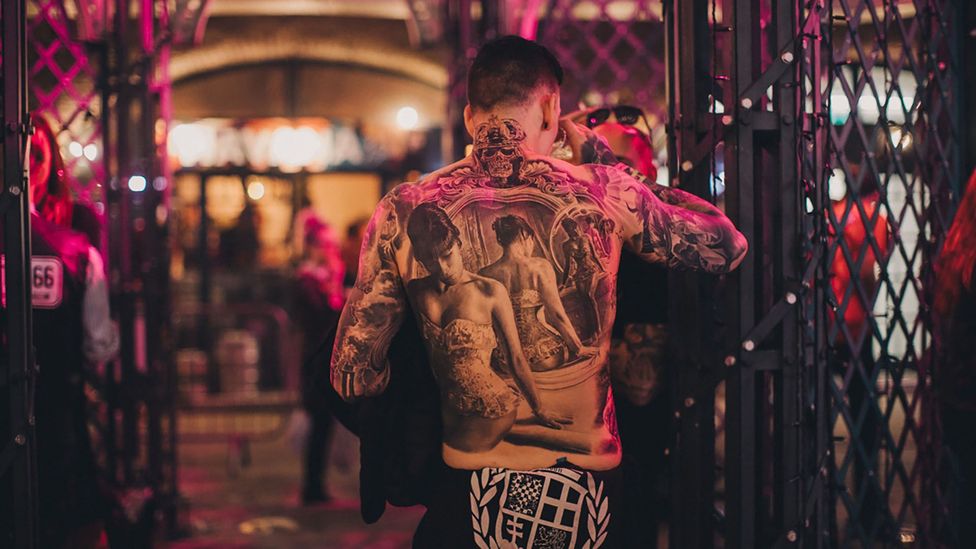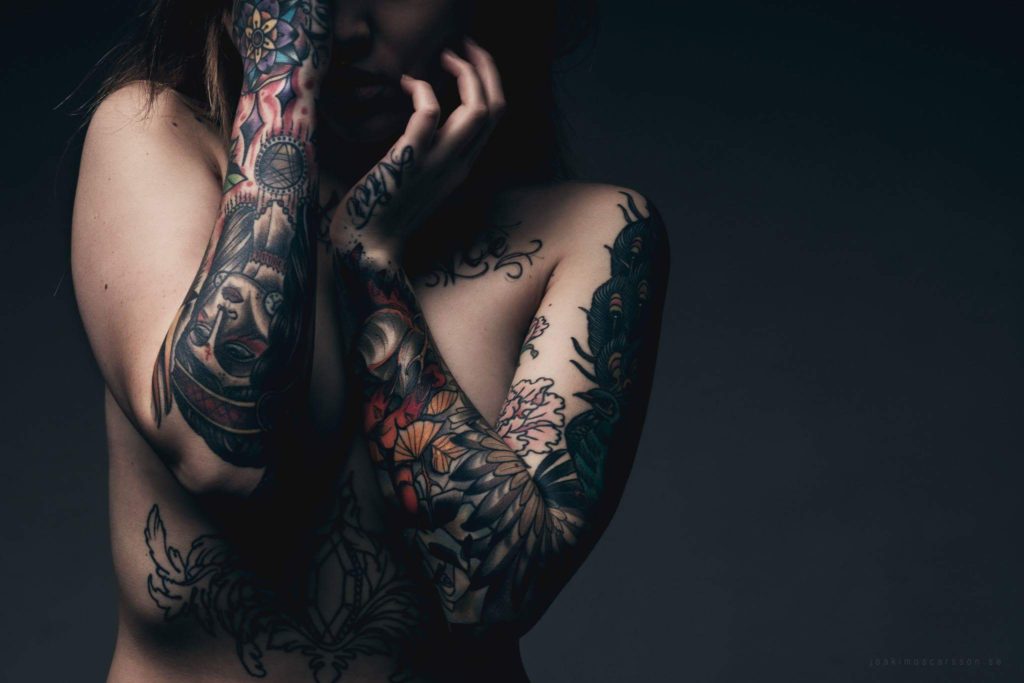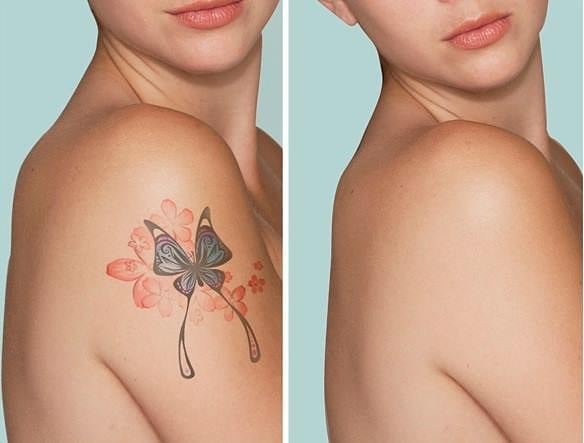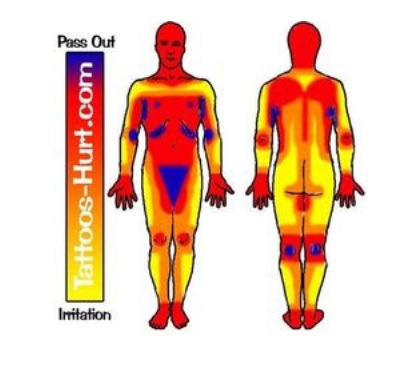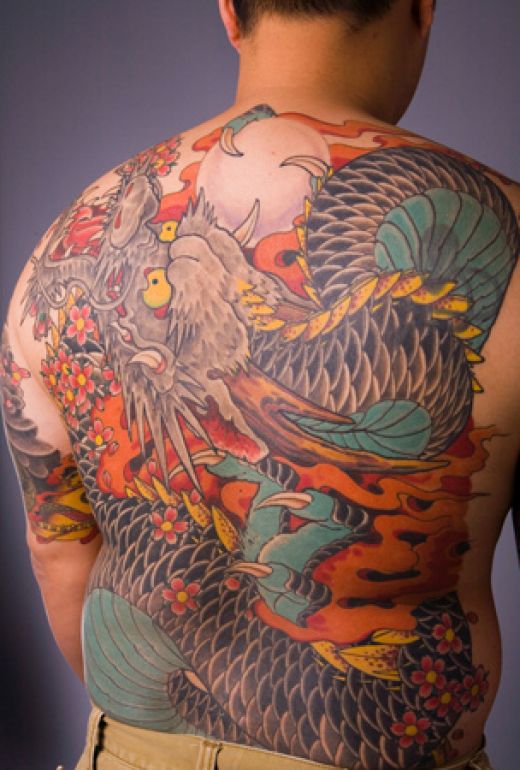Japanese tattoos are extremely common. While they are often beautiful tattoos that incorporate a complex mythological history and often use vibrant, eye-catching colors, the themes and elements of Japanese tattoos are often quite similar. Many people who wear Japanese style tattoos have designs that highly resemble the designs of others. Designs within the Japanese tattoo style can often be hard to separate one from another. There are, however, some unique tattoo designs that still hold true to the Japanese tattoo style which are completely unique and rarely used.
Japanese Tattoos that Stand Out
Everyone wants to be unique, so it’s no wonder that people put a lot of effort into looking for unique tattoo designs. As we mentioned, the Japanese tattoo style doesn’t lend itself to being wholly unique. While many Japanese tattoos are reinterpreted or drawn slightly differently from one another, it’s common to see the same design elements being used.
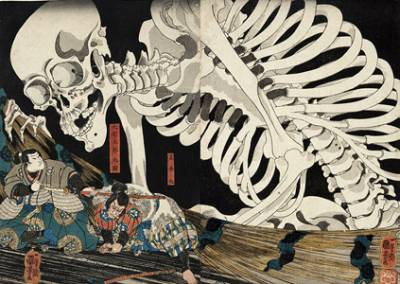
One reason for this is because many people who get Japanese style tattoos do so because they like the Eastern aesthetic, not because they have any particular love for Japanese folklore or history. A limited understanding of Japanese culture and folklore results in a limited use of tattoo designs. But if you want a Japanese style tattoo, all you need to do is read.
A Guide to Japanese History, Folklore, and Tattoo Art
The unique designs in Japanese tattoo art come from the designs frequently used to paint the folding screens known as byöbu. As these were items used to decorate the home, it’s no wonder that the designs were relatively normal. But, as with all things, there were outliers. One of these groups of outliers featured images of Yokai.
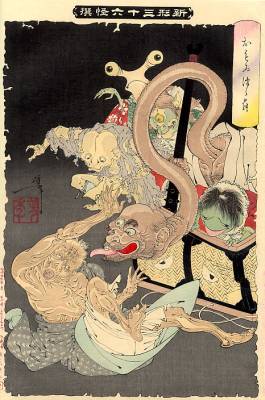
Yokai basically means “Spirit” or “Ghost”. The literal definition of Yokai is: “ghost, phantom, strange apparition”. Everyone loves a good ghost story right? Well, this is a bit different.
The spirit world in Japan is about as weird as you might expect it to be. With that said, there is no shortage of spirits that will make you stop and say, “What the hell???” But that’s part of the appeal, right? If you want a Japanese tattoo that will stand out from the crowd, then a Yokai tattoo may be your best bet.
Common Types of Yokai
First, let’s be clear: most of these won’t make sense to you and we have limited knowledge of Yokai. Yokai embody a unique interpretation on the spirit world that stems from a combination of Japanese culture and the meshing of numerous religions over time. They are complex in their makeup and, without a thorough understanding of Japanese history and culture, as well as Eastern religions, they can be quite difficult to understand. Despite the gap in understanding, here are some of the most popular Yokai and a little back story to each one. Perhaps one of these is just what you need for your next Japanese tattoo. More Tattoo Info:Rad Japanese Tattoo Designs: Dan Sinnes
Yurei
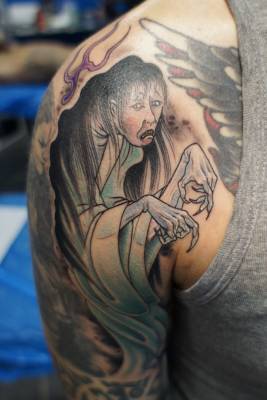
Yurei are spirits of the dead. That may sound pretty straightforward, but there are several subclasses of Yurei. For example, there are Hitodama–the floating, fireball-like spirits of the deceased. There are also Onryo, which are vengeful spirits of the dead who are believed to be able to cause harm and misfortune to the living. In general, Yurei are the spirits of the dead still caught in the world of the living.
Kaiju
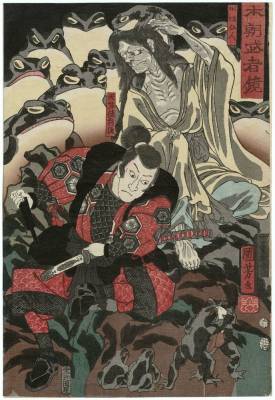
Kaiju are animals or insects with supernatural powers. One might consider Godzilla to be kaiju. Kaiju, with a twist on the interpretation, were featured prominently in the film Pacific Rim. In traditional Japanese folklore, Kaiju would resemble known animals but would have some slightly different feature (larger than normal, breath fire, turn people to stone, etc.). A great example of Kaiju in modern culture is Mario’s Tanuki suit from Super Mario Bros. 3. The suit resembles the traditional Baku-danuki of Japanese folklore. But while the Tanuki suit can turn into stone so as not to be noticed, the Baku-danuki of folklore is known for taking a human form.
Tengu
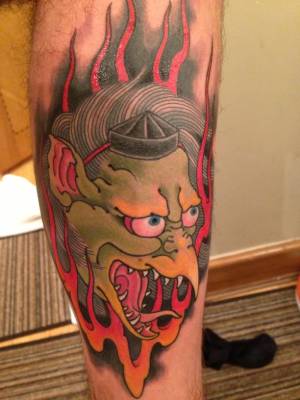
If you want a truly unique tattoo but are looking for something that still fits the Japanese style, then you might consider getting a tattoo of Tengu. Tengu in Japanese folklore are similar to goblins. They are often scary, with frightful appearances and were originally regarded as evil. After the spread of Buddhism to Japan, the purpose of Tengu changed to being active defenders of Dharma. One could suggest that a Tengu tattoo might represent the ability to change one’s ways for the better.
Tsukomogami
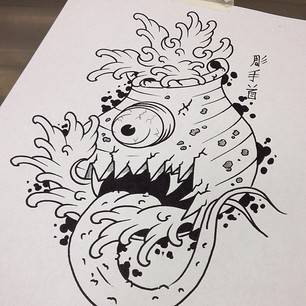
Maybe you don’t just want to stand out from the crowd. Maybe you want to be straight up weird. Tsukumogami are probably right up your alley. Tsukumogami are spirits that take the form of everyday household items. Commonly depicted as umbrellas, sandals, paper lanterns, and tea kettles, Tsukumogami are certain to help you stand out in a crowd. The weirdest examples are Akaname, a spirit that spends its time cleaning dirty bathrooms with its tongue, and Ashiarai Yashiki: a giant foot that appears in rooms demanding to be washed. Of all the Japanese tattoos you could get, these would definitely be the most unique.
Kami
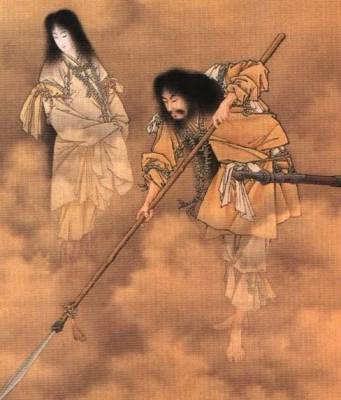
The deities Ikanami and Ikanagi create the Japanese islands.
This list of notable Kami might give you some good ideas for stand-out Japanese tattoos. More Tattoo Info:Skull Tattoo Designs and Meaning
Looking for More Japanese Tattoos?
If you didn’t find what you were looking for here, we suggest heading over to our Japanese Tattoos Style and Meaning guide. We’ve put together a comprehensive list of Japanese tattoos, their meanings, and some info about their history. If Yokai aren’t your cup of tea, then odds are good that you’ll find what you are looking for there.
